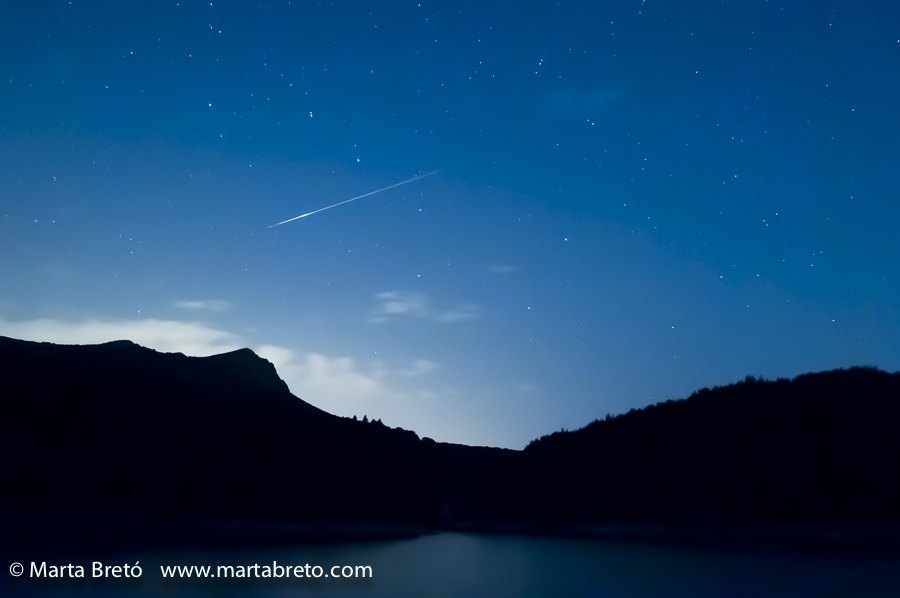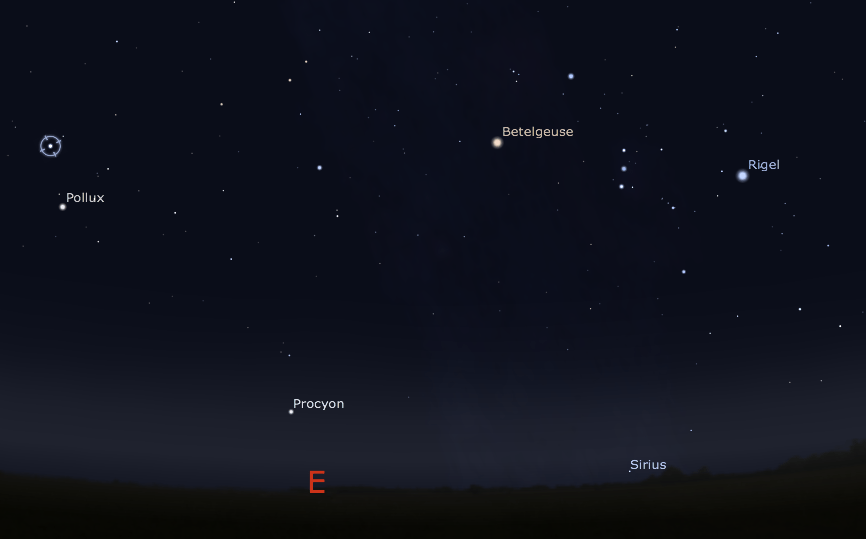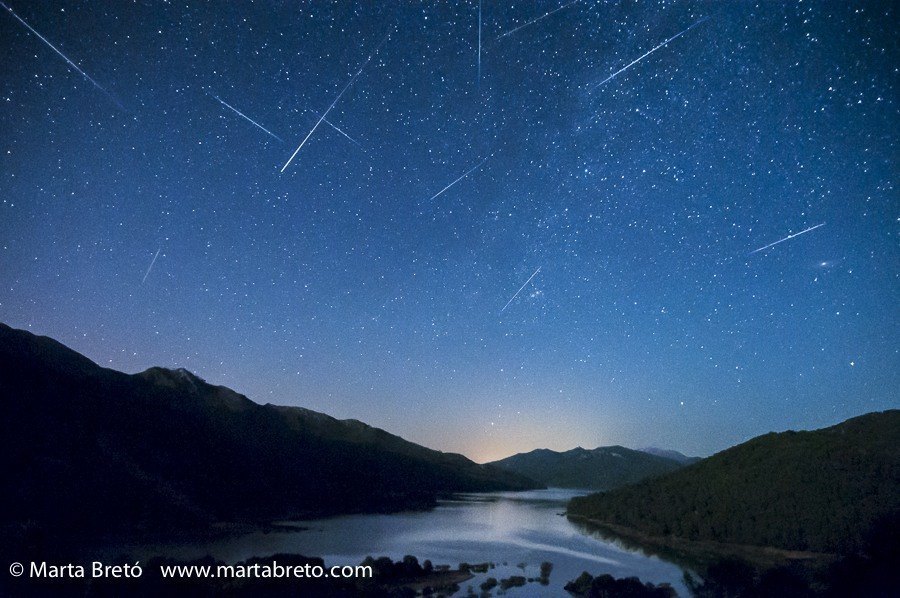Popularly known as shooting stars, meteors are residual particles, generally from comets, around the sun. Some of them the size of a grain of sand, enter the atmosphere, burn and disintegrate. This moment of combustion rises our “shooting star.”

As anyone can imagine, a phenomenon of this feature, it is very difficult to predict accurately and consequently, will not be easy to photograph. This December,we have the opportunity to enjoy one of the major meteor showers of the year, the Geminids, which allows us to enjoy this spectacle is guaranteed.
I like to compare meteor photography with the capture of lightnings. On one hand, we can not shoot when we see the lightning, because if you saw the lightning that means it won’t show in the picture and therefore it has to find you shooting. Moreover, if we know when there is a storm, we increase our chances of success. We can prepare for the session, find the suitable location and prepare the materials and parameters. We just have to wait for nature to put the rest of it.

And this is the good thing about meteor showers! It is not a spontaneous meteor, but a lot of them! Also we know the date they will show and where they’ll come from for its radiant constellation.
During the year there are several meteor showers, which are called about the radiant constellation (maybe the most famous are Perseids, occurring between 11 and 13 August). Some of these showers are better seen from only one hemisphere. They also vary the number of meteors per hour and its intensity. This December we have the Geminids, which is one of the most importants of the year, bringing up to 120 meteors per hour. This year this meteor shower also coincides with the low phase of the Moon which is perfect for its observation. In this case, these meteors consist of small particles left by 3200 Phaethon asteroid on its orbit.

For adventurers who’ll go out with the intention to collect this very special moment with a camera, I write down some tips and common mistakes to avoid:
Tips:
- Keep away from towns and cities. Light pollution does not help us to have a good visibility. Less pollution is equivalent to more stars!
- Use a wide angle lens to cover the largest possible field of vision.
- Needless to point to the radiant catch them (meteors pass across all the sky)
- Work with the diaphragm as open as possible
- The meteor shower lasts several days (from 4-16 December), but the peak is found the night of 13 to 14. It will be the best time to photograph it.
Common mistakes:
- Using a diaphragm too closed
- Aim only to the radiant constellation and not paying attention to the composition (this can give a curious result, but as mentioned the whole sky is crossed by meteors).
- Expecting to see a meteor to shoot
- Confusing 30 seconds with 30 minutes… and get as a result a picture completely burned (happens to even the best families)

Well, I hope I have encouraged you. Now we just have to cross our fingers that the weather will be good with us to succeed in our stellar hunt! Good luck!
In addition, if you are passionate about astronomy and photography and want to learn more about these topics, follow the link, you will find information of my workshops. New dates will be announced in the coming weeks.